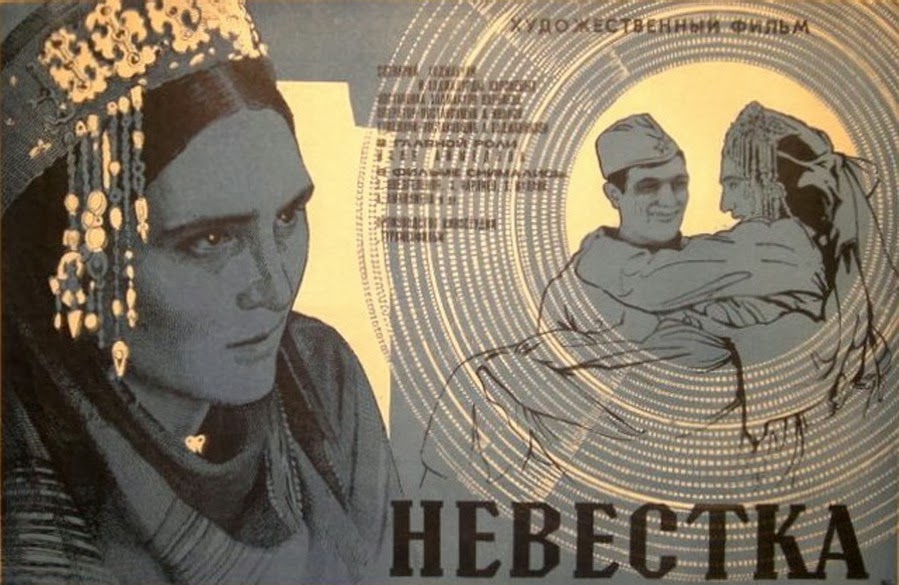The Daughter-in-Law (1972)
When most people think of Turkmenistan, those who are even aware that it exists, they tend to think of the crazy tyrants that run the country. Yes, Sapamurat Niyazov, and his successor, the dastardly dentist are highly amusing. And, yes, Niyazov did ban movies for a while. But there was a time, up until the fall of the Soviet Union, really, that Turkmen cinema flourished, churning out artistic masterpieces that rivaled the best in world cinema of the era. But like the rest of Central Asia, a region whose cinema might be even more neglected than that of sub-Saharan Africa by the critical establishment, many of these films have never seen the light of international distribution. Khodzha Kuli Narliyev's 1972 film, The Daughter-in-Law, is one of the exceptions. Taking place at the edge of a remote Turkmen village after WWII, The Daughter-in-Law deals with the grief of a woman whose pilot husband died in the war, as well as the grief of the boy's aging father, her father-in-law. The natural world around them is harsh, to say the least, and they still live as generations before them have, off the land, and with their own hands. Few vestiges of the modern world have reached them, but no one seems to care. Narliyev's film bursts with saturated colors, the costumes and landscapes are lush and pleasing to the eye. His use of avant-garde compositions lend the film a surreal and at times, delirious air. The first forty-five minutes are hypnotic, the dialogue is kept at an absolute minimum, and the flights of fantasy are both magical and heartbreaking. The last third of the film is a bit weak, becoming more dialogue-driven, and falling back on the cliches of this type of cinema, even verging into outright sentimentality, whereas prior it had carefully avoided such melodrama. But the strengths outweigh the flaws, and Narliyev's film remains key in the canon of Central Asian cinema.


Comments
Post a Comment